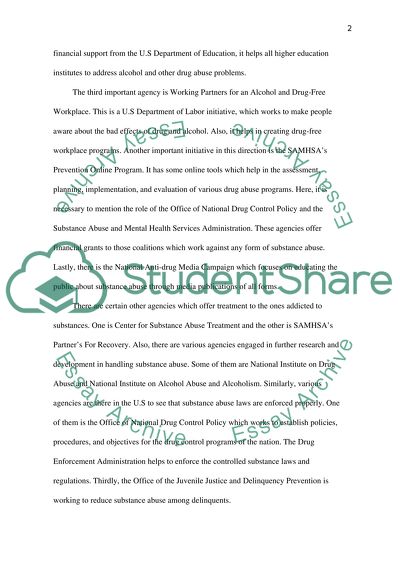Cite this document
(“Response ot a Nationally Identified Health Objective Essay”, n.d.)
Response ot a Nationally Identified Health Objective Essay. Retrieved from https://studentshare.org/health-sciences-medicine/1457050-public-health
Response ot a Nationally Identified Health Objective Essay. Retrieved from https://studentshare.org/health-sciences-medicine/1457050-public-health
(Response Ot a Nationally Identified Health Objective Essay)
Response Ot a Nationally Identified Health Objective Essay. https://studentshare.org/health-sciences-medicine/1457050-public-health.
Response Ot a Nationally Identified Health Objective Essay. https://studentshare.org/health-sciences-medicine/1457050-public-health.
“Response Ot a Nationally Identified Health Objective Essay”, n.d. https://studentshare.org/health-sciences-medicine/1457050-public-health.


